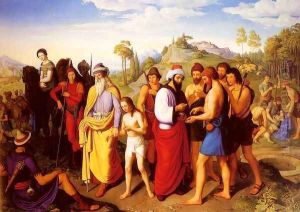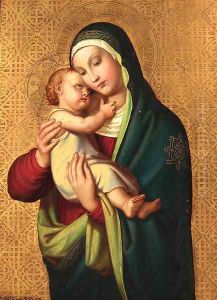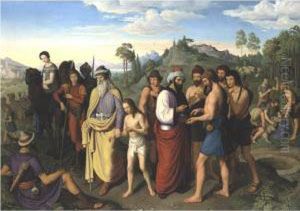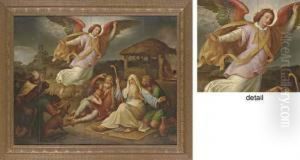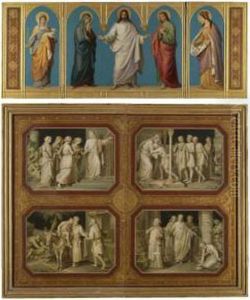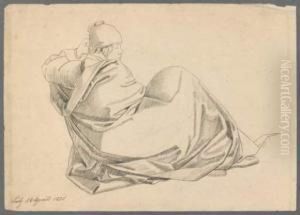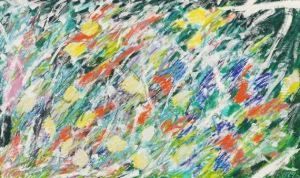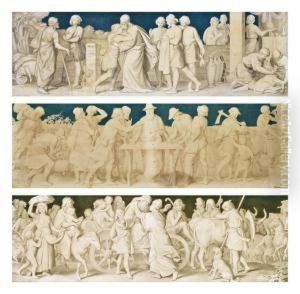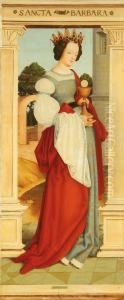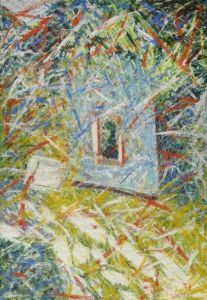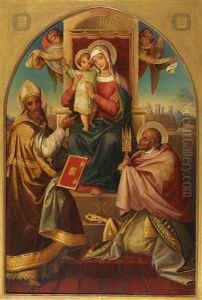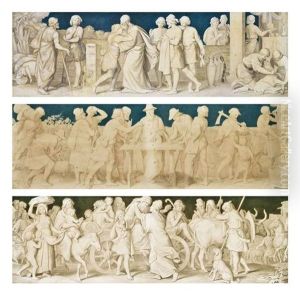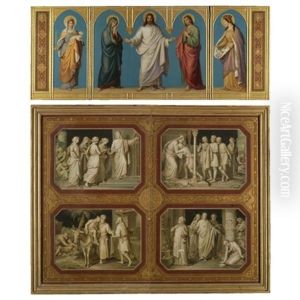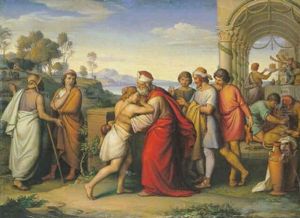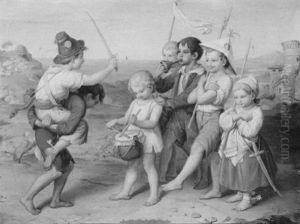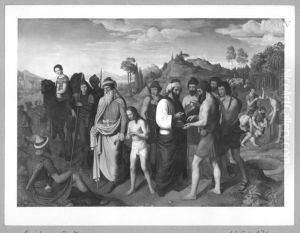Alexander Maximilian Seitz Paintings
Alexander Maximilian Seitz, born on June 15, 1811, in Munich, Germany, was a painter and illustrator known for his religious-themed works and portraits. Seitz's artistic journey began under the guidance of his father, Johann Nepomuk Seitz, who was also a painter. This early exposure to the arts fostered his talent and passion for painting.
Seitz furthered his education at the Academy of Fine Arts in Munich, where he was influenced by the works of the Old Masters. His style was characterized by its attention to detail and the use of rich, vibrant colors. During his time at the academy, he honed his skills and began to establish a reputation for his religious compositions and portrait work.
In the 1830s, Seitz embarked on a study trip to Italy, which had a profound impact on his artistic development. The Italian Renaissance masters, particularly Raphael and Correggio, inspired him to integrate their techniques and stylistic elements into his own work. He spent considerable time in Rome, where he became associated with the Nazarene movement, a group of artists who sought to revive the spirituality and purity of medieval and early Renaissance art.
Upon his return to Germany, Seitz continued to produce works that were deeply religious in nature. He gained commissions from churches and religious institutions, which allowed him to create large-scale frescoes and altarpieces. Some of his notable works include frescoes in the Cathedral of Freising and the Church of St. Johann in Regensburg.
Seitz also worked as an illustrator, creating images for various publications. His illustrations often had a narrative quality, telling stories through visual means with the same attention to detail found in his larger paintings.
Throughout his career, Seitz remained committed to the principles of the Nazarene movement, although he also adapted to the changing tastes of the time. He was able to blend traditional religious motifs with a more modern aesthetic, making his work accessible to a broader audience.
Alexander Maximilian Seitz passed away on October 1, 1888, in Rome, leaving behind a legacy of religious art that continues to be appreciated for its beauty and devotional spirit. His work is a testament to the enduring influence of the Italian Renaissance on 19th-century European art and reflects the period's interest in reconnecting with the spiritual roots of the past.
